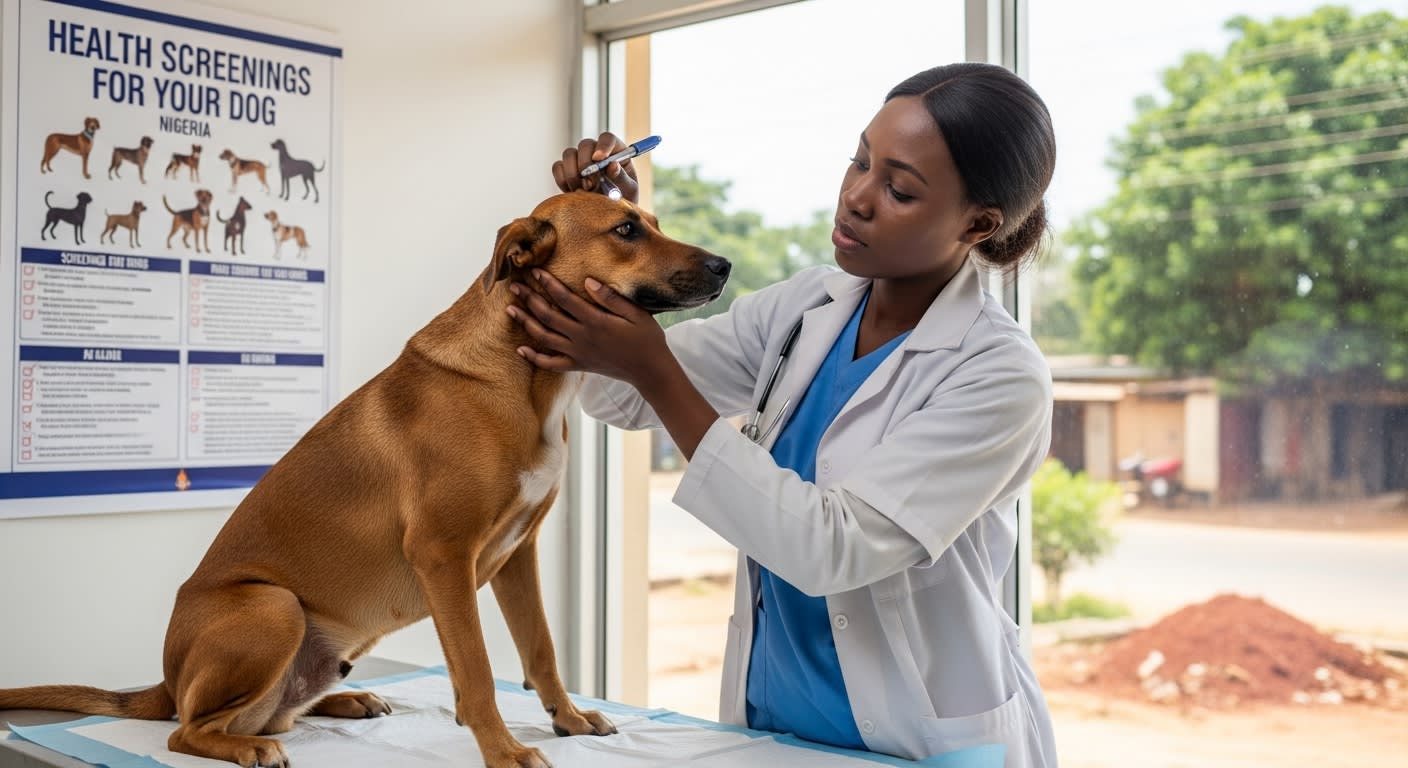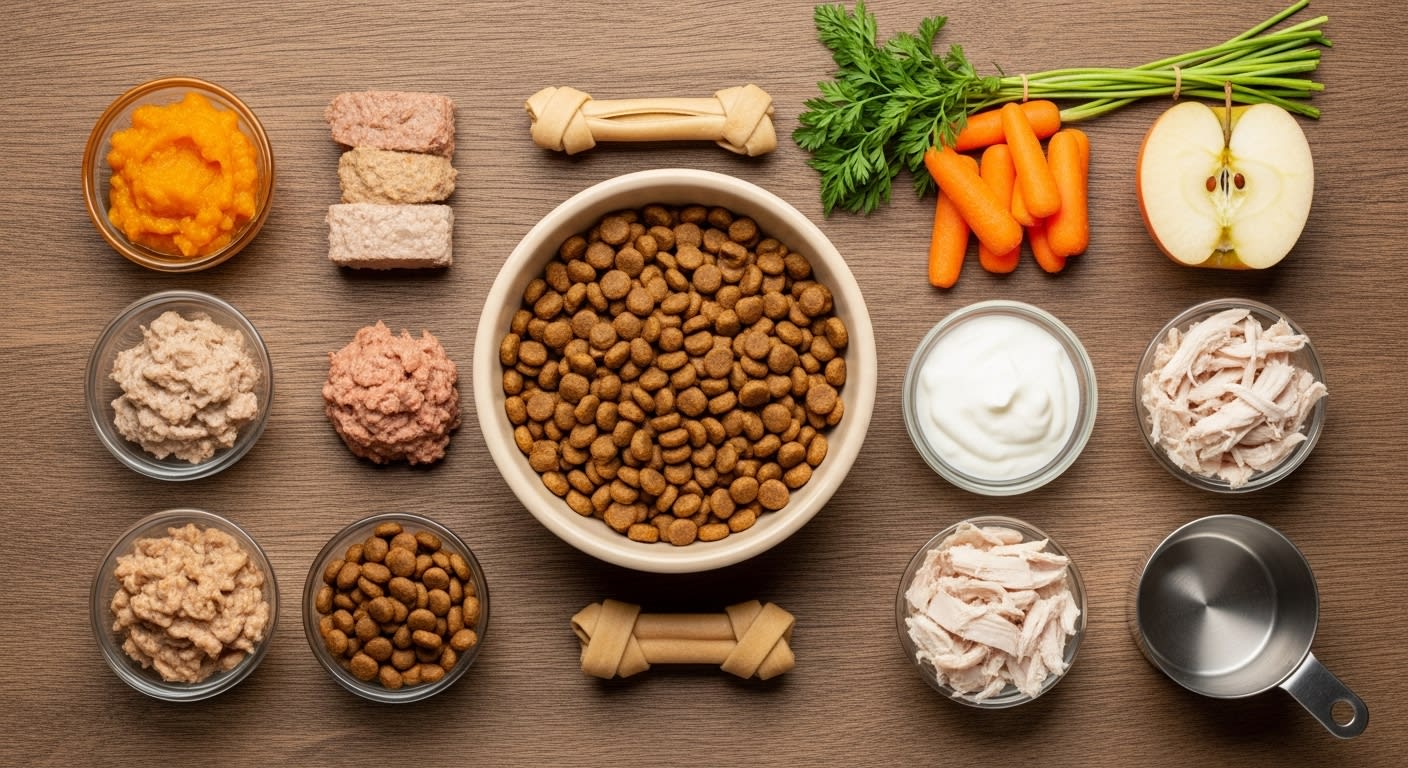Livestock
Animal Husbandry Vs Livestock Farming | Differences, Types & Importance
In today’s rapidly evolving agricultural industry, understanding the distinction between animal husbandry vs livestock farming has never been more important. While both terms are often used interchangeably, they represent different aspects of animal agriculture. At their core, animal husbandry focuses on the science and care of animals, whereas livestock farming emphasizes the commercial production of animals for profit. Brands like Mygotovet continue to educate farmers and veterinarians on these concepts, helping bridge the gap between scientific animal care and sustainable business practice.
Because many people still confuse the two, it’s crucial to explore how they differ, what each entails, and how they both shape our food systems, economies, and environment. Moreover, understanding these differences empowers farmers to make informed decisions that balance productivity, profitability, and animal welfare.
What Is Animal Husbandry?
To begin with, animal husbandry is the branch of agriculture dedicated to the management, breeding, nutrition, and overall welfare of domesticated animals. It focuses on raising animals such as cattle, goats, poultry, and even bees for their products like meat, milk, eggs, fiber, and honey. Unlike purely commercial farming, animal husbandry takes a scientific approach aimed at optimizing animal health and sustainability rather than just profit.
Historically, this practice dates back to the Neolithic Revolution over 13,000 years ago, when humans first domesticated animals for food and labor. Over the centuries, it has evolved into a sophisticated science that integrates veterinary medicine, genetics, and environmental management. With platforms like Mygotovet supporting modern farmers, it’s easier than ever to access practical animal husbandry resources and expert veterinary guidance.
Effective animal husbandry relies on four core pillars: feeding, breeding, weeding, and heeding.
-
Feeding ensures each animal receives a balanced diet based on age, breed, and purpose.
-
Breeding focuses on selecting superior animals to improve genetic quality.
-
Weeding (or culling) eliminates unproductive or sick animals to maintain herd strength.
-
Heeding covers overall care, sanitation, and disease control.
When combined, these principles guarantee that animals are healthy, productive, and ethically managed, making animal husbandry a cornerstone of responsible farming.
RECOMENDED:
5 Livestock Farms To Start With No Money In Africa
Livestock Farming Systems In Africa | MyGotoVet Guide
Livestock Farming: Systems, Solutions & Best Farm Practices
What Is Livestock Farming?
On the other hand, livestock farming is the commercial side of animal agriculture. It refers to raising animals, typically cattle, goats, sheep, and pigs specifically for profit. The goal here is to generate income through the sale of meat, milk, hides, and other animal products. In this system, animals are treated as business assets, and every operational decision revolves around efficiency and economic return.
Unlike traditional husbandry, livestock farming often operates on a larger scale and requires substantial administrative planning. Farmers must manage feed inventories, breeding cycles, veterinary care, and market supply chains efficiently. With proper management tools and expert support from platforms like Mygotovet, livestock farmers can maintain profitability while ensuring compliance with ethical and environmental standards.
In essence, livestock farming is where science meets commerce, it applies the lessons of animal husbandry to achieve consistent, large-scale food production.
Animal Husbandry vs Livestock Farming: The Key Differences
While animal husbandry and livestock farming share similar foundations, their objectives, approaches, and philosophies differ significantly.
| Aspect | Animal Husbandry | Livestock Farming |
|---|---|---|
| Purpose | Focused on animal care, breeding, and welfare | Focused on commercial production and income generation |
| Scale | Often small or medium-scale | Usually large-scale and industrial |
| Motivation | Driven by science and ethics | Driven by business and market demand |
| Human Interaction | Farmers work closely with animals | Workers may have limited direct contact |
| Decision-making | Prioritizes animal well-being | Prioritizes efficiency and profitability |
Therefore, animal husbandry vs livestock farming can be understood as care versus commerce. While husbandry emphasizes the health and well-being of animals, livestock farming focuses on managing them as resources within a business framework. Both systems are essential, but they must work together for long-term sustainability.
Types of Livestock Production Systems
Livestock production can be classified into three main systems—each with unique characteristics, benefits, and challenges.
Grazing Systems: These traditional systems rely on natural pastures and free-range feeding. Animals roam and graze, reducing feed costs and promoting ecological balance. However, these systems are vulnerable to drought and land scarcity.
-
Mixed Farming Systems:
In this setup, livestock and crops coexist. Farmers use crop residues to feed animals and use manure to fertilize fields. This creates a sustainable cycle of nutrient recycling and income diversification. -
Industrial or Intensive Systems:
These are large-scale operations focusing on high-output production, such as poultry houses or feedlots. Although highly efficient, they require significant capital and raise environmental and welfare concerns.
Understanding these systems helps farmers decide which model suits their resources, environment, and goals. It also shows how animal husbandry vs livestock farming strategies overlap and complement one another in modern agriculture.
The Global Impact and Importance of Animal Agriculture
Both animal husbandry and livestock farming play vital roles in global food security, rural livelihoods, and economies. They supply essential nutrients such as protein, vitamin B12, iron, and zinc that are difficult to obtain from plant-based sources alone. Furthermore, livestock contribute to labor, income, and even cultural identity in many rural communities.
Globally, the livestock sector is valued at nearly $1 trillion, supporting over a billion people directly or indirectly. Yet, it also poses major environmental challenges. Livestock farming is responsible for a significant portion of greenhouse gas emissions, deforestation, and freshwater consumption. Therefore, balancing productivity with sustainability remains one of the biggest challenges facing the agricultural sector today.
Ethical and Environmental Considerations
Modern consumers are becoming increasingly concerned about the welfare of animals and the ecological footprint of farming. While industrial livestock farming has revolutionized food supply chains, it has also intensified ethical concerns over animal confinement and treatment.
Practicing good animal husbandry within livestock farming systems helps mitigate these issues. By integrating welfare standards such as adequate space, proper nutrition, and humane treatment, farmers can maintain profitability without sacrificing ethics. Sustainable farming is no longer a choice; it’s a necessity for a livable future.
The Future of Animal Agriculture
The future of global farming lies in merging the science of husbandry with the efficiency of modern livestock systems. By adopting data-driven management, genetic improvements, and digital tools, farmers can achieve both profitability and sustainability. Platforms like Mygotovet are already leading this transformation by connecting veterinarians, animal scientists, and farmers in one digital ecosystem designed for smarter livestock care.
As agricultural technology continues to evolve, the lines between animal husbandry vs livestock farming are blurring. The most successful farmers will be those who embrace both the compassion of husbandry and the precision of commercial farming.
Bridging the Gap Between Science and Sustainability
Understanding animal husbandry vs livestock farming is vital for anyone involved in animal agriculture. Animal husbandry provides the ethical foundation and scientific guidance necessary for animal welfare, while livestock farming drives global food production and economic growth. Together, they form the backbone of sustainable agriculture.
If you’re a farmer, veterinarian, or agripreneur looking to optimize your animal care and production efficiency: Find a Vet among our verified livestock experts or simply signup to Talk to a Vet Now
Frequently Asked Questions (FAQs)
1. What is the main difference between animal husbandry and livestock farming?
The main difference between animal husbandry and livestock farming lies in their focus and purpose. Animal husbandry centers on the scientific care, breeding, and management of animals to improve health and productivity. In contrast, livestock farming is mainly about raising animals commercially for profit through meat, milk, and other animal products. In simple terms, animal husbandry emphasizes welfare, while livestock farming emphasizes production.
2. Can animal husbandry exist without livestock farming?
Yes, it can, but they are closely connected. Animal husbandry can exist independently in contexts such as research, veterinary care, or breeding programs that are not directly linked to commercial production. However, livestock farming often depends on good animal husbandry practices to ensure animal health, quality yields, and sustainability. Both work best when combined.
3. Why is animal husbandry important in modern agriculture?
Animal husbandry is vital because it ensures that animals are healthy, well-fed, and productive. It promotes efficient breeding, reduces disease outbreaks, and improves the quality of animal products such as milk, eggs, and meat. Moreover, responsible husbandry supports environmental sustainability and aligns with ethical farming practices, both essential for modern agriculture.
4. Are animal husbandry and livestock farming sustainable?
Both can be sustainable if managed properly. Sustainable animal husbandry emphasizes welfare, biodiversity, and environmental protection, while sustainable livestock farming focuses on reducing waste, conserving water, and minimizing emissions. Combining both approaches helps farmers achieve long-term profitability while protecting the planet.
5. Which is more profitable: animal husbandry or livestock farming?
Profitability depends on scale and management. Livestock farming typically generates more income because it involves selling animal products commercially. However, without proper animal husbandry, profits can decline due to poor animal health and low yields. Therefore, the most profitable farms are those that integrate strong husbandry practices into livestock production.
6. How is technology transforming animal husbandry and livestock farming?
Technology is changing everything, from automated feeding systems to digital veterinary apps like Mygotovet, which connect farmers with animal health professionals. Innovations such as genetic selection, precision feeding, and smart monitoring tools allow farmers to track animal growth, detect diseases early, and optimize feed efficiency. As a result, both animal husbandry and livestock farming are becoming more efficient and sustainable.
7. How can I start a career in animal husbandry or livestock farming?
You can begin by gaining agricultural or veterinary education, either through a diploma or degree program. Volunteering or interning on a farm also provides valuable hands-on experience. For continuous learning and expert guidance, platforms like Mygotovet offer professional advice, training opportunities, and access to modern livestock management resources that can help you build a successful career.
Animal Health & Blogs

04 December 2025
0 likesFinding a veterinarian in Africa can be challenging, especially when finances, distance, busy schedules, or emergen ...
Read More
25 November 2025
0 likesKeeping your dog healthy requires more than love, food, and grooming; it requires understand ...
Read More
25 November 2025
0 likesWelcoming a new puppy into your home is exciting, but it also comes with important decisions ...
Read More